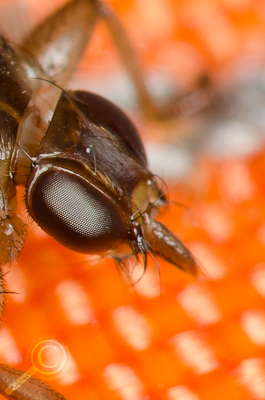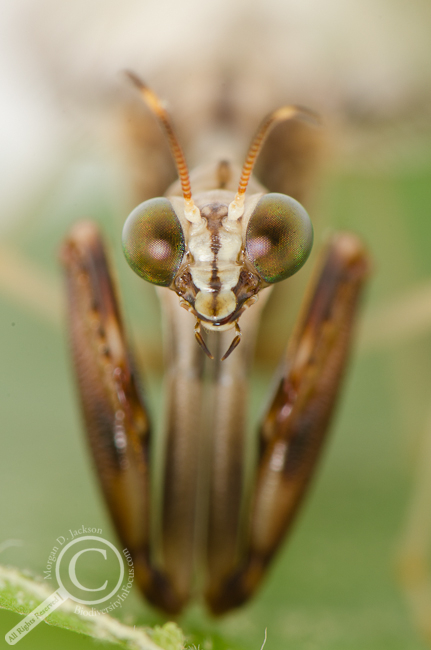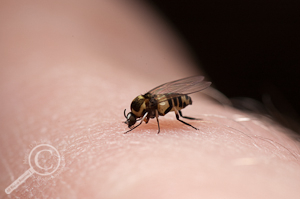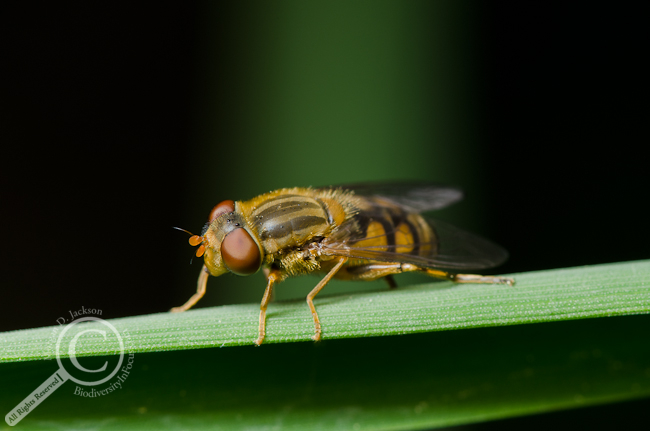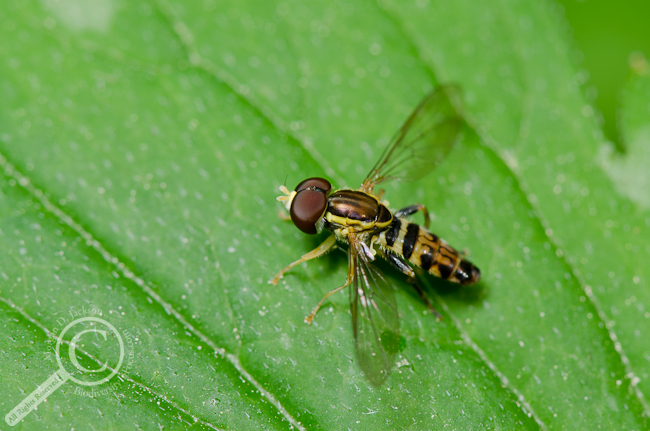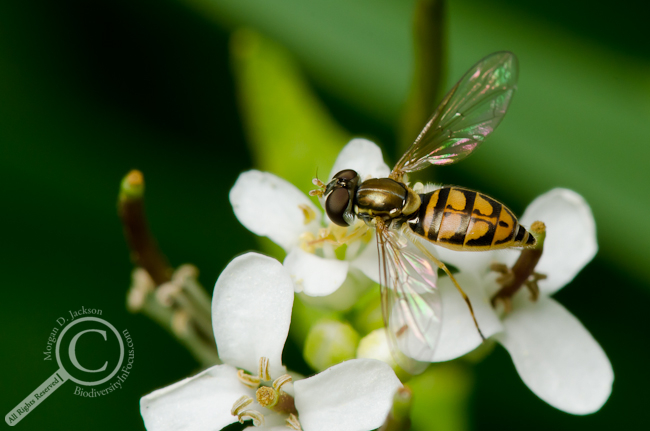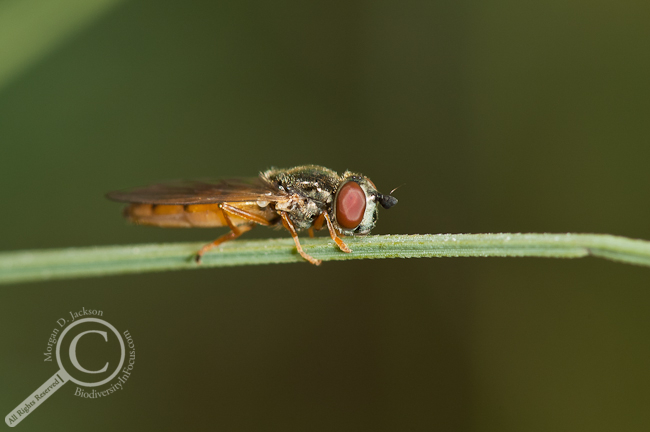 Of all the insects that someone could write a song about, I would never have thought that crabs would be one of them. But I suppose some artists just need to scratch that itch!
Of all the insects that someone could write a song about, I would never have thought that crabs would be one of them. But I suppose some artists just need to scratch that itch!
Crabs (Phthirus pubis), also known as pubic lice, generally find new dance partners during the horizontal hokey pokey, so be warned that this post is heading towards the gutter…
Have no fear, taxonomy and phylogenetics to the rescue! The human pubic louse has but a single sister species, Phthirus gorillae. As you might be able to guess, P. gorillae is found on gorillas, and these two species last shared a common ancestor roughly 3-4 million years ago (Reed et al., 2007). For the record, gorillas and humans last shared a common ancestor ~7 million years ago. So our pubic lice and the gorilla louse didn’t diverge when we did, but at some later point while we were on our way to becoming human and pre-gorilla’s were getting more gorilla-like. Anyone else sensing some weird hanky panky going on here? Clearly a speciation event took place, and it seems that our ancestors (perhaps members of Australopithecus, of Lucy fame) were colonized by a louse native to pre-gorilla pubes. Although there are some rather tame theories on how we first contracted our own crotch crickets (gorilla’s being hunted, us sleeping in old gorilla nests, blah blah blah), it must be considered that perhaps there was a little “Jungle Love” going on back in the day…
Anyways, back to present day musical crabs!
In case you’re concerned, the crabs in that video weren’t the crabs I’m talking about (or the ones Rivers Cuomo was singing about), and earns a Myrmecos Taxonomy Fail Index number of 75.
All this talk about crabs reminds me that Bug Girl wrote an awesome piece on whether Brazilian waxing is taxing pubic louse populations (loss of habitat don’tcha know). Definitely worth a read.
And speaking of Brazilians, I’d like to wish our resident Brazilian (nationality, not hairdo) a fond farewell! After 4 long years of teasing from his lab mates, Gil Miranda successfully defended his PhD dissertation and is headed back to Brazil to begin what will surely be a long and successful career! Must… resist… crab… jokes…
This song is available on iTunes – Crab – Weezer (Green Album)
![]() Reed, D., Light, J., Allen, J., & Kirchman, J. (2007). Pair of lice lost or parasites regained: the evolutionary history of anthropoid primate lice BMC Biology, 5 (1) DOI: 10.1186/1741-7007-5-7 OPEN ACCESS
Reed, D., Light, J., Allen, J., & Kirchman, J. (2007). Pair of lice lost or parasites regained: the evolutionary history of anthropoid primate lice BMC Biology, 5 (1) DOI: 10.1186/1741-7007-5-7 OPEN ACCESS

